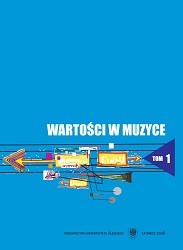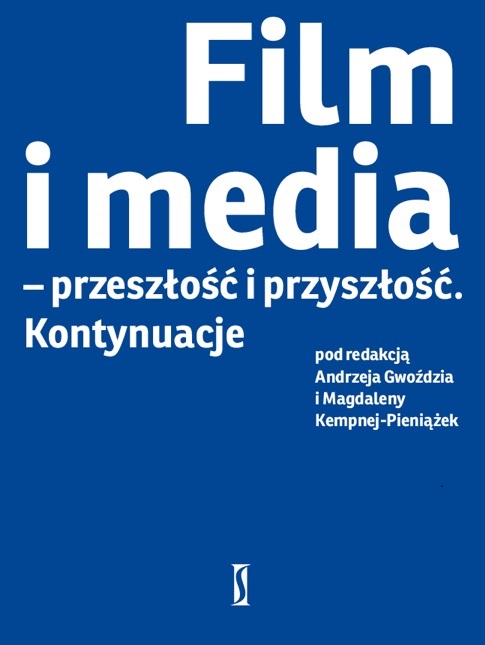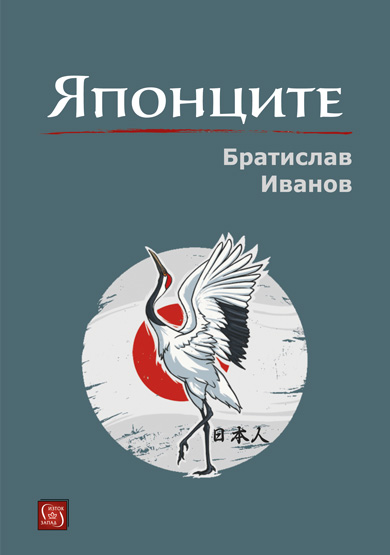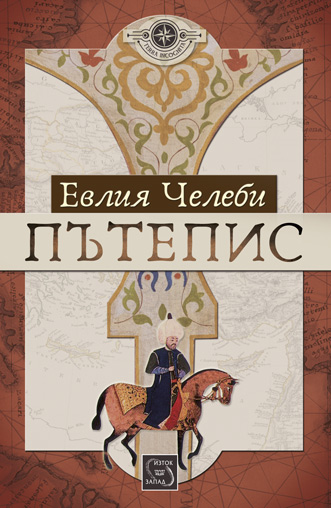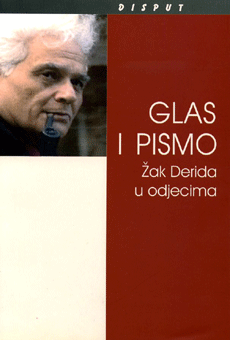
Hibridna pitanja o dekonstrukciji i umetnosti
Yet, it has been one priviledged moment for deconstruction when she became a feshion, which means uncertain, open interpolation and tends towards displacements of atmosphers of intervent performance within different hybrid social contexts, first of all, within culture, which means within art. Deconstruction has been a kind of a feshion, or set of feshions between theoretical postistoricism and political globalism. Text which follows is a try to trace these uncertain and worryng paths from philosopfy towards art by the way of theoretical intervent instruments. Within the art theory deconstructive searching of textual differences (or analoguosly, visual, spatial, time) aspects and characterizatcons of paniting besomes discursive production of meaning, that is, production of ‘differences’ and ‘differAnces’ that are result of confrontation of complex and arbitrare culturally driven discourses of Western painting (metaphisics of painting as constituent of painting). Production of meaning, based on deconstructive theory or its specific applications (in literature theory, theory of painting, architecture theory, musicology, theatrology or film theory),could be conveyed into the domain of art production as matherial sygnifying practice and become poetic productive model for texts (literally: weaving /lat. textus/) of painting, architecture, music, theater, film, etc. Painters on the margins of modern or after the modern don’t perform the painting as coherent system of the very sensual-i.e.,-visual representations. They construct it as heterogenious and hyberid field of different/defer of painterly modes of multiple referential contexts and historical realizing eclectic model based on procedures of montage and collage.
More...
